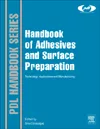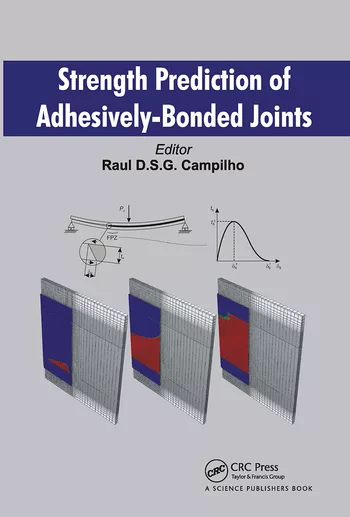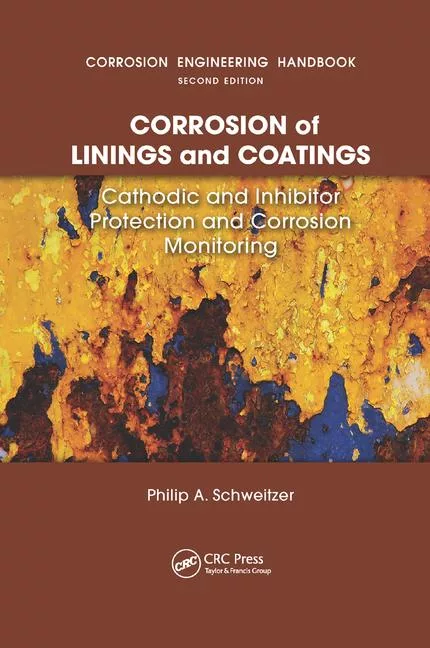Benefits Of Latex Binders For Nonwoven Webs
This article will deal with chemical bonding as opposed to the other two broad categories of nonwovens-bonding: mechanical bonding and thermal bonding.
Chemical Blinders
When reference is made to chemical bonding in nonwovens manufacture, it normally refers to the use of latex binders, although there are a few specialized cases of solvent bonding.Latex binders have been in existence at least as long as most modern nonwovens themselves. In some people’s opinion, they represent “old” technology, with little in the way of new applications in the future.
This is undoubtedly an over-simplification. The great benefit of latex binders is their overall versatility and utility.
By experimentation with latex composition, formulation, binder, additives, process and binder-application methods, the possibilities in end use are unlimited.
Post-Compounding
There are many types of materials that are added to emulsion polymers to provide enhanced or unique properties. Post-formulation add-ons are used to improve film strength, modify the surface characteristics, impart flame retardancy, add color, reduce latex cost and fulfill a range of other requirements.Strength enhancers are added to increase crosslinking, whereas surface modifiers are added to make the surface of the cured latex more or less wettable. Surfactants can improve the wetting properties as well as the processing, but most are water-soluble and so the improvement in wetting characteristics is transient. Hydrophobes in the form of fluorochemicals, polyolefins or silicone derivatives are added to reduce the wetting characteristics. Low-cost fillers can be used to reduce the cost of the product, and some fillers are functional as well, such as activated carbon black.
Emulsion polymers readily accept a broad range of additives that can increase their versatility and use.
Fundamentals Of Binder Performance
The strength of a nonwoven product is not just a summation of the strength contributed by the base web and that contributed by the binder. It is due to the interactions between the web and the binder. The binder may have excellent strength but may not impart this to the web because of a lack of adhesion to the fibers. If these factors are examined separately, their effects can be determined. From a functional viewpoint, binder performance can be separated into effects due to the fiber, cohesive strength and adhesion. In order to gauge the contribution that each of these factors makes to overall performance, they may be studied independently of one another.
Cohesion
The factors that contribute to binder cohesion are physical attractive forces between polymer chains, chemical crosslinking, molecular immobility and degree of film formation.Physical attractive forces refer to the interactions such as hydrogen bonding (e.g., polyvinyl alcohol), which serve to link polymer chains together but are usually not very strong bonds.
Chemical crosslinking ties the polymer chains together through the formation of irreversible covalent bonds, which yield a continuous, three-dimensional network (e.g., N-methylol acrylamide).
Decreasing the immobility of the polymer chains serves to enhance the cohesive strength by preventing the slippage of polymer chains past one another. However, as a byproduct of this, the stiffness of the polymer film is increased.
In addition to these functions, film formation of the polymer is a necessary condition for developing good cohesive strength. If there are cracks in the polymer film, they will reduce its strength and render chemical crosslinking ineffective. For a binder to form a continuous film, the polymer particles must coalesce.
Capillary forces arising during the evaporation of the water are the driving forces for coalescence (Figure 1). The greater the surface tension of the water phase, the greater the capillary forces. Reducing the size of the capillary by reducing the particle size increases the capillary forces and enhances coalescence. In general, smaller particles will lead to better film formation.
Adhesion To The Fibers
To obtain good adhesion between the fiber and the binder, it is necessary for both the latex and the polymer to wet the fiber well.Liquids with a high surface tension normally will not wet a substrate well. Substrates of a low surface energy are not easily wetted, and vice versa. For example, pure water, having a high surface tension, often requires the addition of a surfactant to reduce surface tension and enhance wetting. The surfactant used in the polymerization process will function in this manner.
On the substrate side, synthetic fibers such as polypropylene have a low surface energy and as a consequence are much more difficult to wet and adhere to, unlike cellulose, which has a higher surface energy. For this reason, most synthetic fibers are treated (sized) to improve wetting.
Once wetting has been achieved, specific interactions between fiber and binder will yield a strong bond. Examples of these are hydrogen bonding, Van der Waals forces or even chemical reaction. Cellulose, which has hydroxyl groups available for hydrogen bonding and possible chemical reaction, will form stronger bonds than the relatively inert surfaces of polypropylene and polyester.
Binder Distribution
The final consideration in examining binder performance is binder distribution. The binder, the web and the application method all have a pronounced effect upon the distribution of the binders. Figure 2 illustrates the movement of binder droplets in a dense and an open web. In a dense web, the probability of a droplet being close to fiber cross-points is high. Consequently, capillary forces will draw the droplet into the crevice between the fibers.In contrast, with an open web it is unlikely that a binder droplet will contact a fiber cross-point even if the droplet wets the fiber well. It is unlikely to have spread sufficiently before being immobilized by the drying process. Thus, it is important to look at application methods. The above case is true for spray application. However, in saturation applications, the distinction between open and dense webs with regard to binder distribution tends to diminish, assuming good wettability of the substrate (Figure 3).
It is unclear whether the optimum binder distribution consists of an even binder coverage over the whole fiber or spot welding of the web by concentrating the binder at the fiber cross-points. Many researchers, however, feel that the latter case makes most efficient use of the binder.
Binder Migration
Binder migration is the movement of the binder together with its carrier solvent in a fabric during drying. This will tend to give a nonuniform distribution within the web. Usually, the binder migrates towards the outer layers.Utility Of Latex Binders
Chemical (latex) bonding is still the most prevalent bonding method used in the nonwovens industry. Its popularity is founded on the following:1. Low viscosity – therefore easy to apply;
2. High molecular weight – toughness;
3. Wide variety of binders; and
4. Versatile range of binders.
Latex Bonding-Summation
Advantages of using aqueous binder dispersions include:1. Ease of handling;
2. Ease of application;
3. Simple machinery required;
4. Inexpensive vehicle for the polymer; and
5. Polymer dispersions can readily be applied in combination with other additives.
Disadvantages of using aqueous-type binders include:
1. Entrainment of at least small amounts of surfactants into the end product;
2. High temperatures are required for evaporating the water vehicle;
3. Migration of polymer and additives to the surface of the substrate during drying at elevated temperatures; and
4. Environmental problems can be encountered due to
residual latex in the process-cleanup stage and from venting to atmosphere in the drying/curing process.
Recent Developments In Latex Binders
The use of ethylene-vinyl acetate (EVA) emulsion polymer to manufacture a variety of nonwoven fabrics continues to exhibit good growth on a worldwide basis. As a class, EVA emulsion polymers feature a high level of performance as the primary binder or as a finish on a variety of substrates.National Starch and Chemical Co., Bridgewater, N.J., has recently introduced a new family of EVA emulsion binders that are hydrophilic but strong when wet with water or a variety of solvents. They have low odor, do not use alkyl phenol ethoxylate as surfactants, have low levels of volatile organic compounds and formaldehyde, and do not contain a biocide.
The new binders, which differ from each other in their ethylene to vinyl acetate ratio, are water-based, surfactant-stabilized, self-linking copolymers of ethylene and vinyl acetate. They have been found to be very suitable for short-fiber, air-formed nonwovens used in such applications as hygiene and incontinence products, wipes and toweling, and table-top items. These are all areas that have enjoyed significant recent growth and where multibonding systems (thermal bonding plus latex bonding) are now commonly used.
This article is based on “Web Bonding Technologies,” which will be presented as part of the Association of Nonwoven Fabrics Industry (INDA) Nonwovens Training Course, March 15-17, 2000, in Charlotte, N.C. The course material was originally printed in INDA’s Nonwovens Training Course book. Copyright is held by INDA who acknowledges MCW Technologies as the developer of the text. For more information on the course or other INDA activities, contact the association at 919-233-1210, fax: 919-233-1282, or visit the Web site: www.inda.org.
Additional information on DUR-O-SET® EVA emulsion binders is available from National Starch and Chemical Co. Information Center, One Matrix Dr., Monroe Township, NJ 08831; phone: 800-797-4992, fax: 609-409-5699 or e-mail: nscinquiry@salessupport.com.
Links
Looking for a reprint of this article?
From high-res PDFs to custom plaques, order your copy today!




.webp?height=200&t=1702518831&width=200)



